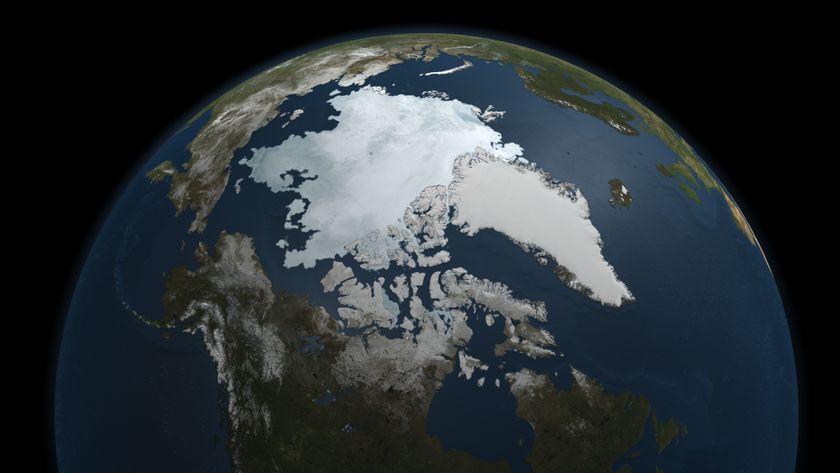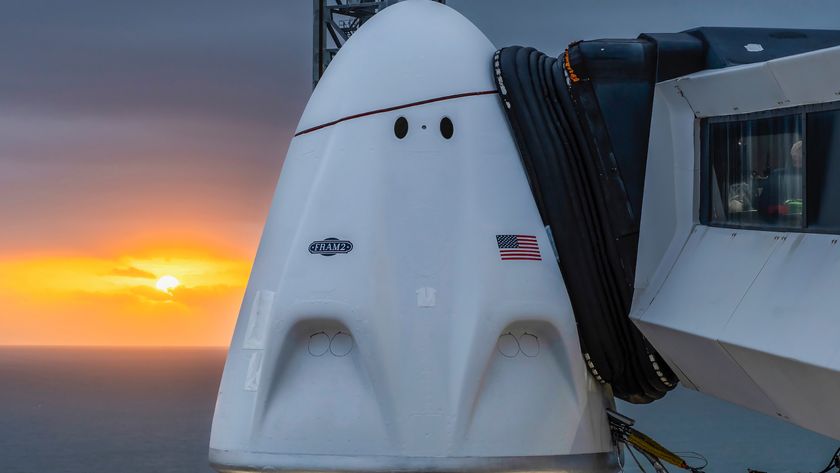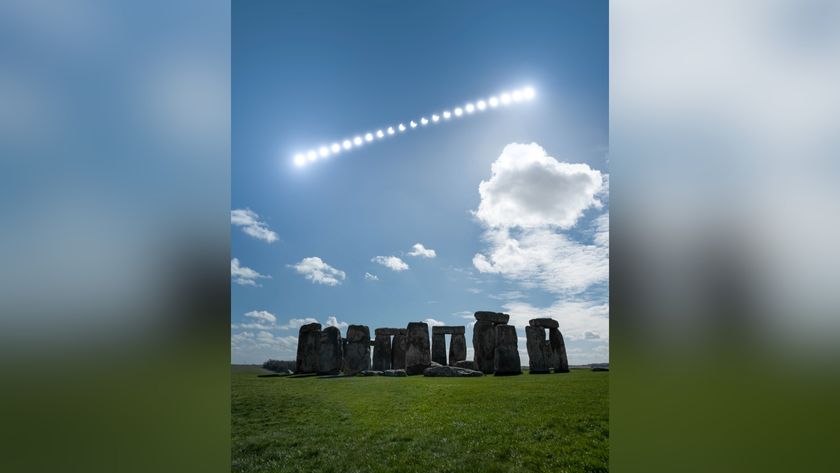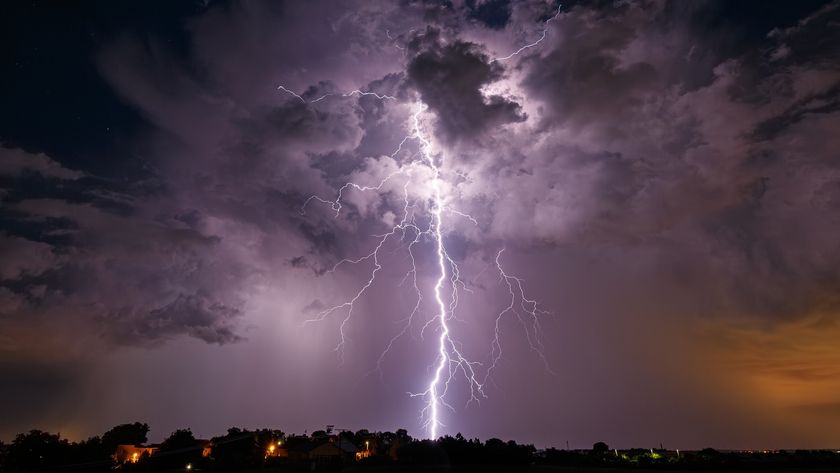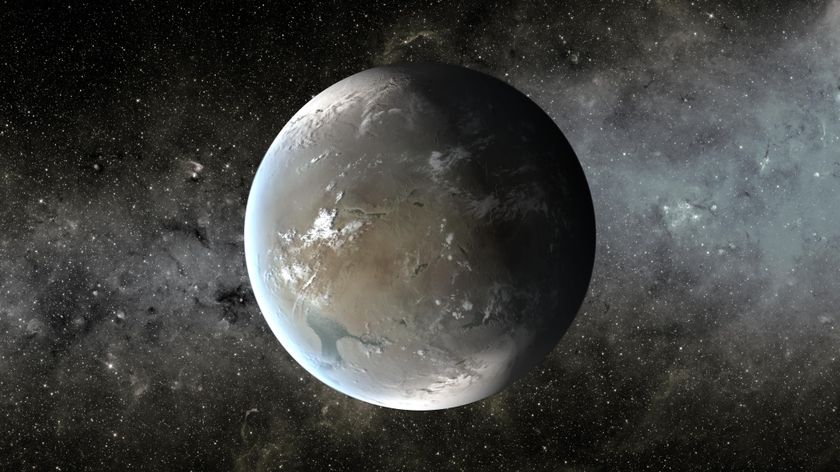See Mars 'peek out' from behind the moon in stunning eclipse photo
An astrophotographer has captured a highly detailed image of the Red Planet reappearing from behind the moon after a lunar occultation.
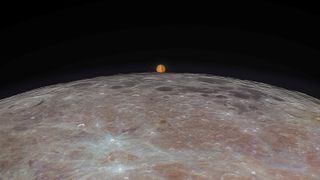
An awe-inspiring new image has captured the moment a tiny and unusually vibrant Mars rose from behind the moon's crater-covered surface during a recent eclipse.
The Red Planet was temporarily obscured from Earth's view by the passing moon during an event known as a lunar occultation, which occurs roughly twice a year and lasts for around an hour. However, the Dec. 7 eclipse proved especially dramatic because Mars was at opposition, meaning Earth was directly between it and the sun, which makes the planet appear unusually bright in the night sky, according to Live Science's sister site Space.com.
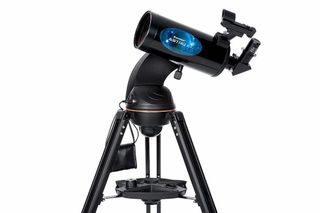
Want to get a better look at Mars or the moon? We recommend the Celestron Astro Fi 102as the top pick in our best beginner's telescope guide. Don't forget a moon filter if you'll be looking towards our celestial companion.
The new image was captured by professional astrophotographer and Arizona resident Andrew McCarthy, who shared the stunning shot on Twitter.
"This is the moment Mars peeked out from behind our moon," McCarthy wrote. "Seeing another planet rising on the horizon of our moon was such a surreal experience."
Related: Mars may be slowly ripping its largest moon apart
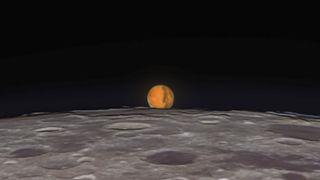
Mars' unusual brightness meant that the recent eclipse was clearly visible from Earth's surface, and many people captured photographs and videos of the Red Planet disappearing or reappearing from behind the moon. However, "capturing a detailed photo of this event was a real challenge," McCarthy told Live Science.
To acquire his ultra-detailed image, McCarthy utilized an astrophotography technique known as "lucky imaging," which involves taking quick bursts of tens, hundreds or thousands of photos and stacking the best ones on top of each other to form a single, detailed image. Due to the speed the moon travels, McCarthy had a window of just 10 seconds to take his images to avoid the lunar surface becoming blurred in the final picture. During this brief window, he took around 2,000 individual images.
Get the Space.com Newsletter
Breaking space news, the latest updates on rocket launches, skywatching events and more!
"Overall it's one of the most difficult shots I've ever captured," McCarthy said. But it is also "one of my favorite moments since beginning this hobby."
On Nov. 16, the unmanned Orion capsule from NASA's Artemis I mission captured a similar image of Earth disappearing behind the lunar surface as the spacecraft flew past the moon and into orbit around the satellite.
In September, McCarthy also captured a stunning time-lapse image of a 1 million-mile-long (1.6 million kilometers) plume of plasma erupting from the surface of the sun during a coronal mass ejection.
Originally published on LiveScience.com.
Join our Space Forums to keep talking space on the latest missions, night sky and more! And if you have a news tip, correction or comment, let us know at: community@space.com.

Harry is a U.K.-based staff writer at Live Science. He studied Marine Biology at the University of Exeter (Penryn campus) and after graduating started his own blog site "Marine Madness," which he continues to run with other ocean enthusiasts. He is also interested in evolution, climate change, robots, space exploration, environmental conservation and anything that's been fossilized. When not at work he can be found watching sci-fi films, playing old Pokemon games or running (probably slower than he'd like).




